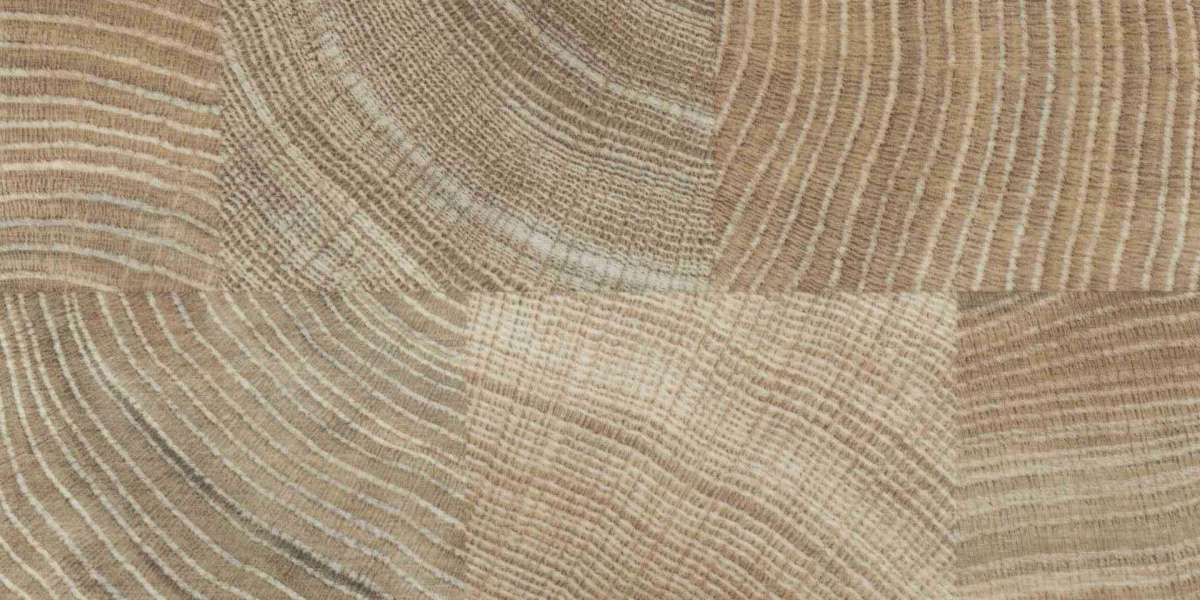Where tradition meets innovation is where the design world thrives. Technological veneers have recently come to light as a revolutionary material, fusing the classic beauty of natural surfaces with the practicality of contemporary technology. More than just a cosmetic option, these high-tech veneers break new ground in modern design by combining form and function.
Technological veneers: what are they?
The original veneers, made of wood or composite, have given way to technological veneers, which are an advanced version of them. They take thin, flexible sheets and add sophisticated features like smart functions, integrated sensors, or increased durability. Coatings, finishes, or integrated technologies enable these veneers to interact with their environment beyond their basic material.
How Veneer Technology Has Progressed
A tremendous evolution is seen in the voyage from conventional veneers to technological wonders. For ages, veneers were employed primarily for their aesthetic and tactile value to improve the look of furniture and interiors. Thanks to developments in digital technology and materials science, veneers have evolved into high-tech surfaces with the ability to perform dynamically. The progression of inventions, from coatings that repel water to materials that react to light, demonstrates the remarkable inventiveness of the human race.
Elements That Technological Veneers Must Have
Modern veneers are designed to withstand wear, moisture, and UV damage, enhancing their durability. As a result, they are perfect for indoors and outdoors.
Embedded Smart Capabilities: Some veneers come with features like temperature control, touch-sensitive surfaces, or embedded LEDs that can create different lighting effects.
These veneers are aesthetically adaptable to meet even the most ambitious design goals, thanks to features like digital printing, laser etching, and changeable textures.
Uses in the Field of Interior Design
Because of the practicality and elegance they provide to interior design, technological veneers are causing a revolution.
Home Interiors: These veneers turn houses into smart homes with features like integrated lighting and device charging surfaces.
The commercial design industry is embracing technological veneers to create innovative, interactive, and adaptable interiors for offices, retail spaces, and hospitality venues.
Uses in Building Design
Veneers constructed of technology have made great strides in the field of architectural design.
Adaptive Façades: Veneers equipped with sensors can react to their surroundings, modifying their energy efficiency according to factors like light, temperature, and humidity.
Structural Integration: Veneers have evolved from just cosmetic materials to those that can support weight while still looking good.
Effects on the Design of Furniture
One more field that can take advantage of technology veneers' adaptability is furniture design.
Massive Personalization: Designers may craft one-of-a-kind pieces of furniture that combine shape and function, like desks with integrated controls or shelves with integrated lights.
The enhanced longevity of the furniture is a direct result of the veneers' durability, which allows it to keep its look and function for a long time without having to be replaced.
Reliability and Environmental Consciousness
In the veneers industry, as in many others, eco-friendliness and technological advancement go hand in hand. Cutting down on waste, technical veneers use thinner layers of recycled or natural wood. Modern production methods further lessen damage to the environment. Modern, environmentally concerned designers often choose these veneers because of their lower carbon footprint compared to more conventional materials.
Benefits to the Eyesight
Technological veneers offer practically endless aesthetic possibilities.
Their design potential is practically endless; they can incorporate metallic sheens, shine in certain lights, or imitate exotic wood grains.
Engineered Grain Veneer material combines organic beauty with technological innovation in a way that is both subtle and striking, enabling designers to craft environments that are at once classic and futuristic.
Obstacles and Things to Think About
Technical veneers provide many advantages, but they also have certain drawbacks.
Price: More advanced features have a heftier price tag, which can put off projects that are trying to stay within their budget.
The availability of technology veneers on the market and the skills needed for their installation and upkeep determine their accessibility.
Technological Veneers: A Potential Game-Changer for Urban Futures
These veneers are fascinating because of the function they play in urban development.
The use of veneers in smart city integration ranges from energy-efficient building cladding to touch-sensitive public seats, all of which help to create intelligent, interconnected urban environments.
Impact on Sustainability: They are in perfect harmony with the aims of sustainable urban planning since they lessen the need for resources and make buildings last longer.
Technological Veneers: What's Next?
There is great hope for the future of these cutting-edge materials.
In the near future, we may see innovations such as surfaces that can mend themselves, integration of augmented reality, and responsive textures that alter in response to touch.
The design impact of technological veneers is set to revolutionize architecture and interior design in the coming years. These veneers will create environments that are smart, sustainable, and aesthetically beautiful.
Tech veneers aren't just a fad; they represent a paradigm shift in the industry. They exemplify the ideal balance of form and function by combining classic design with contemporary functionality. Technological veneers usher in a new age of design for those who cherish sustainability, innovation, and boundless creativity. The most significant advances respect both nature and progress; these materials will reshape our built surroundings as they become more widely available and adaptable.












